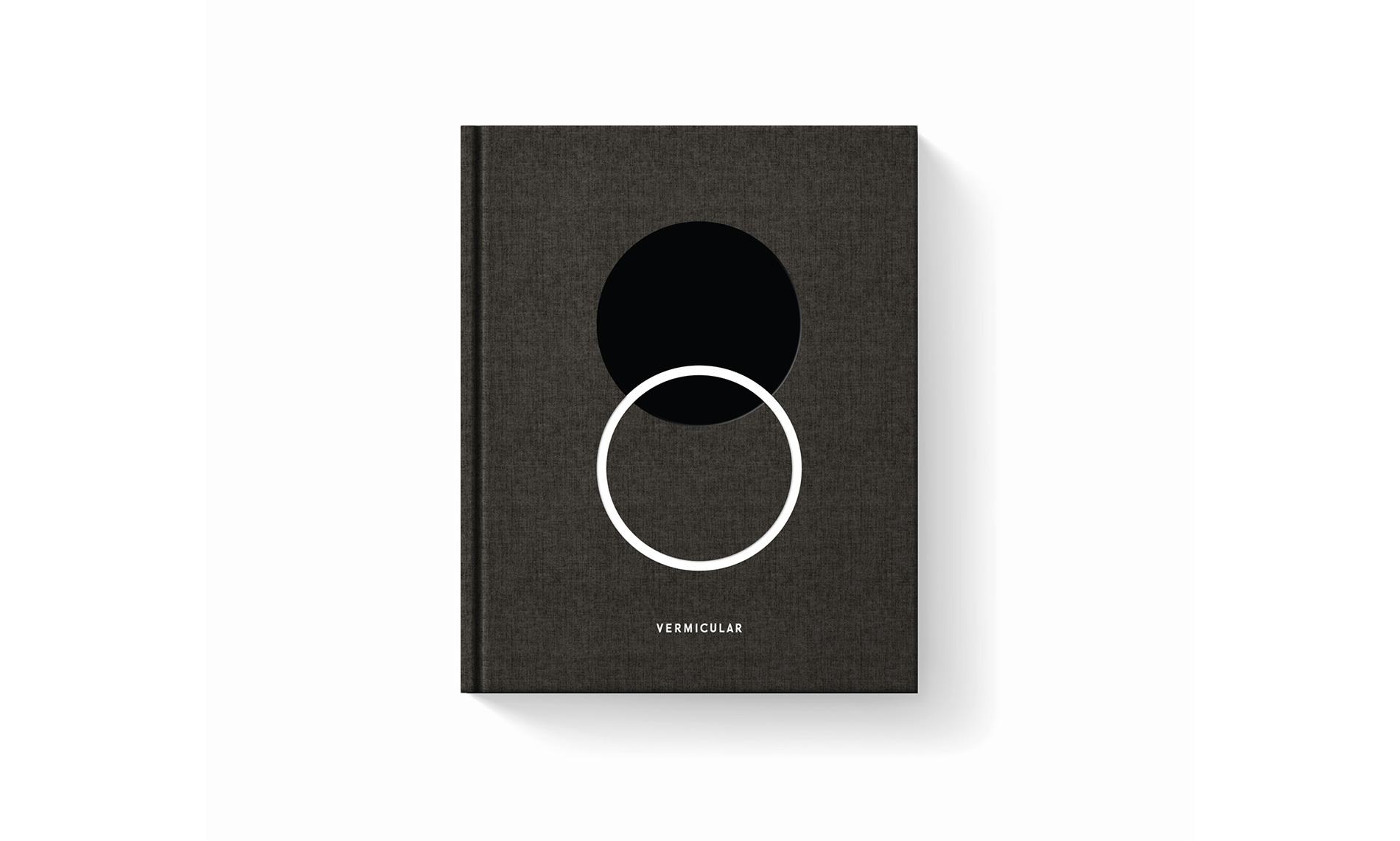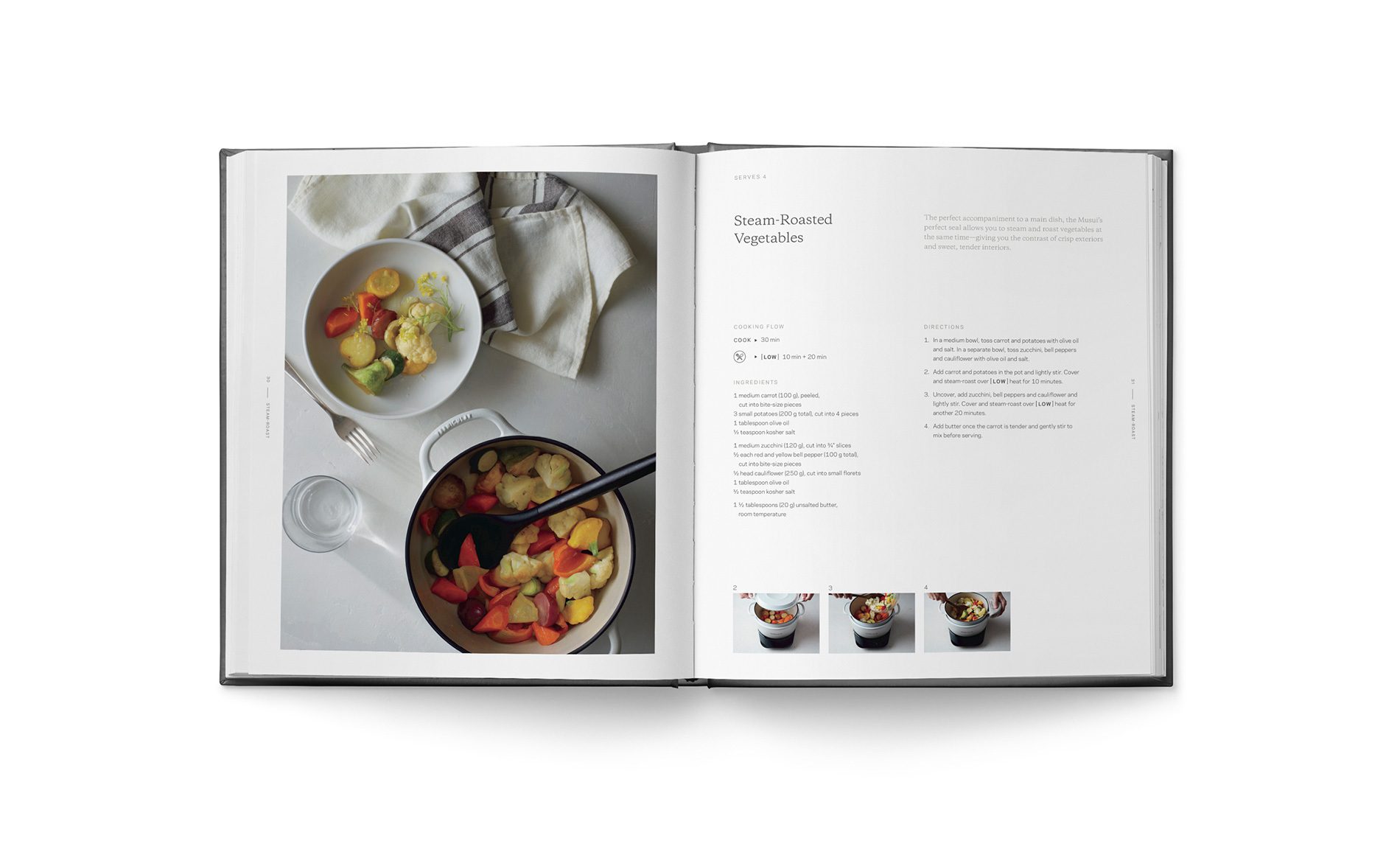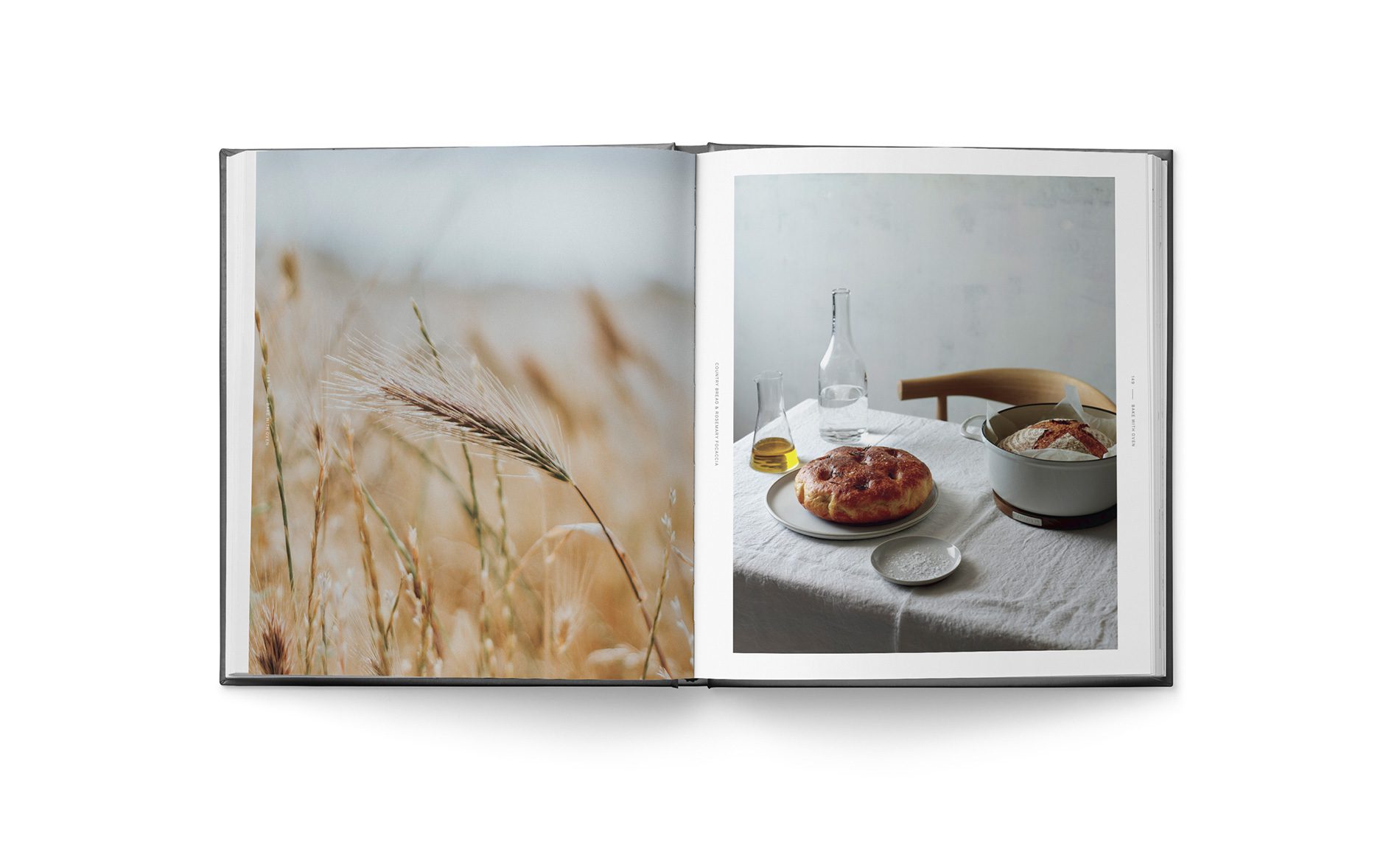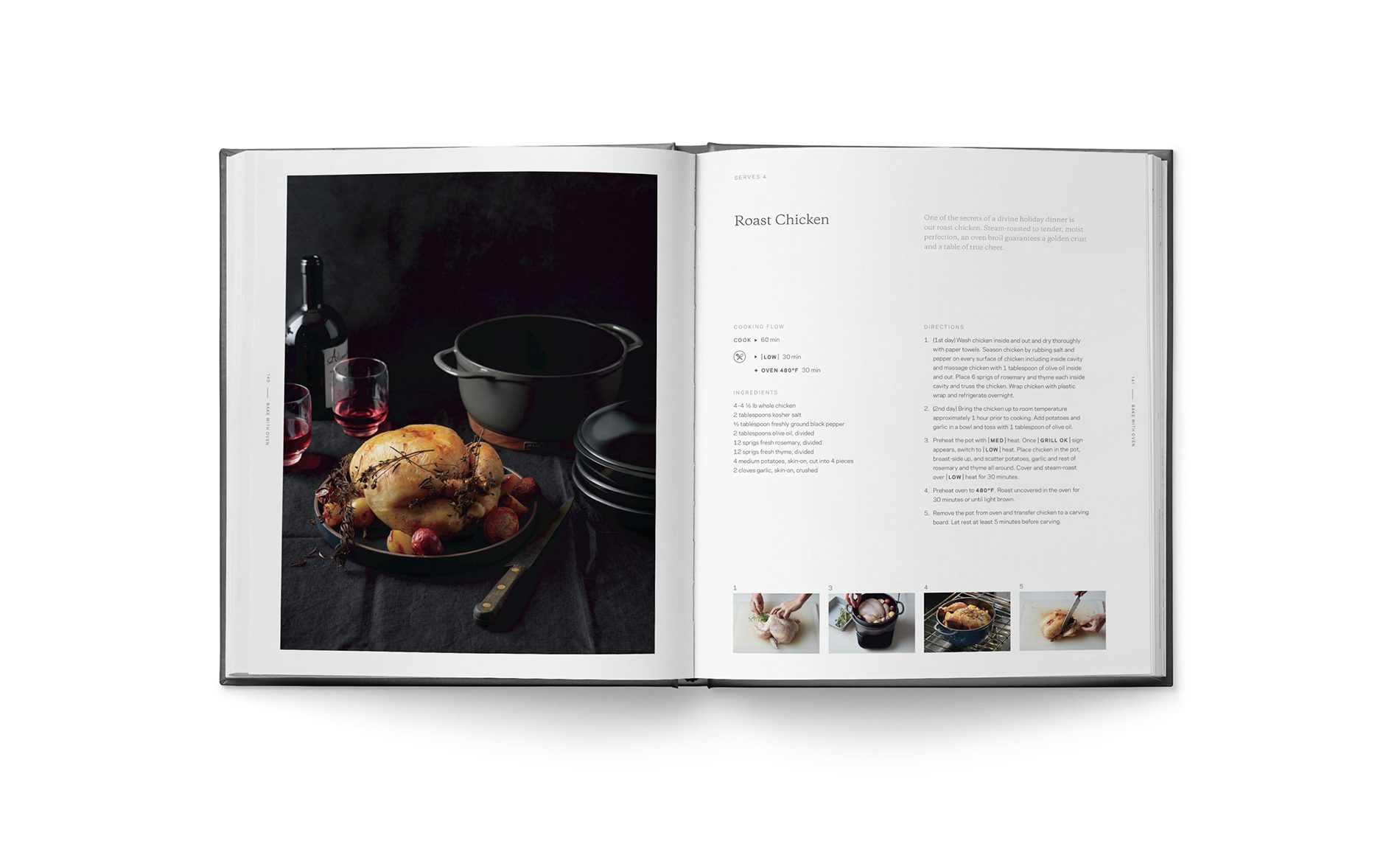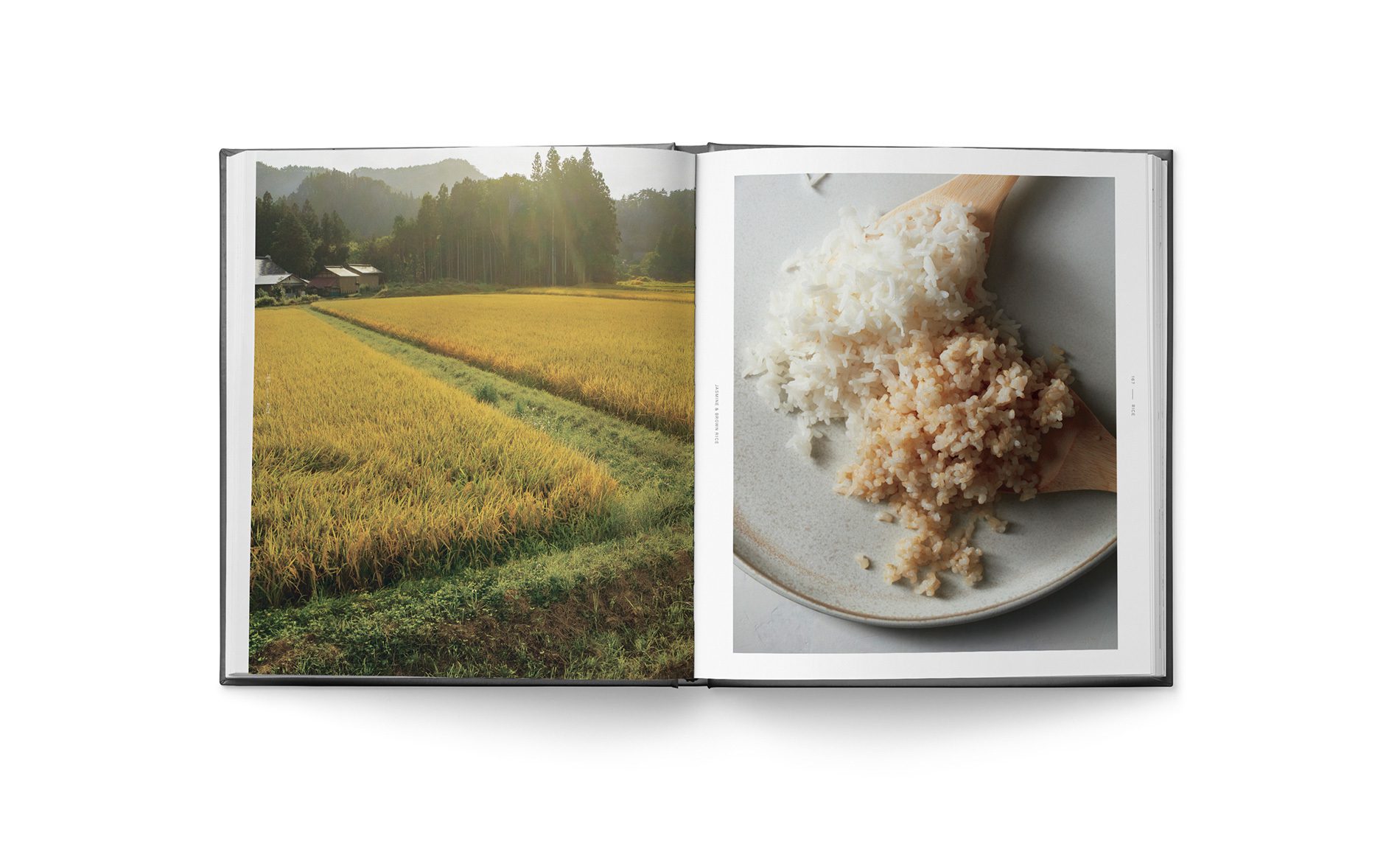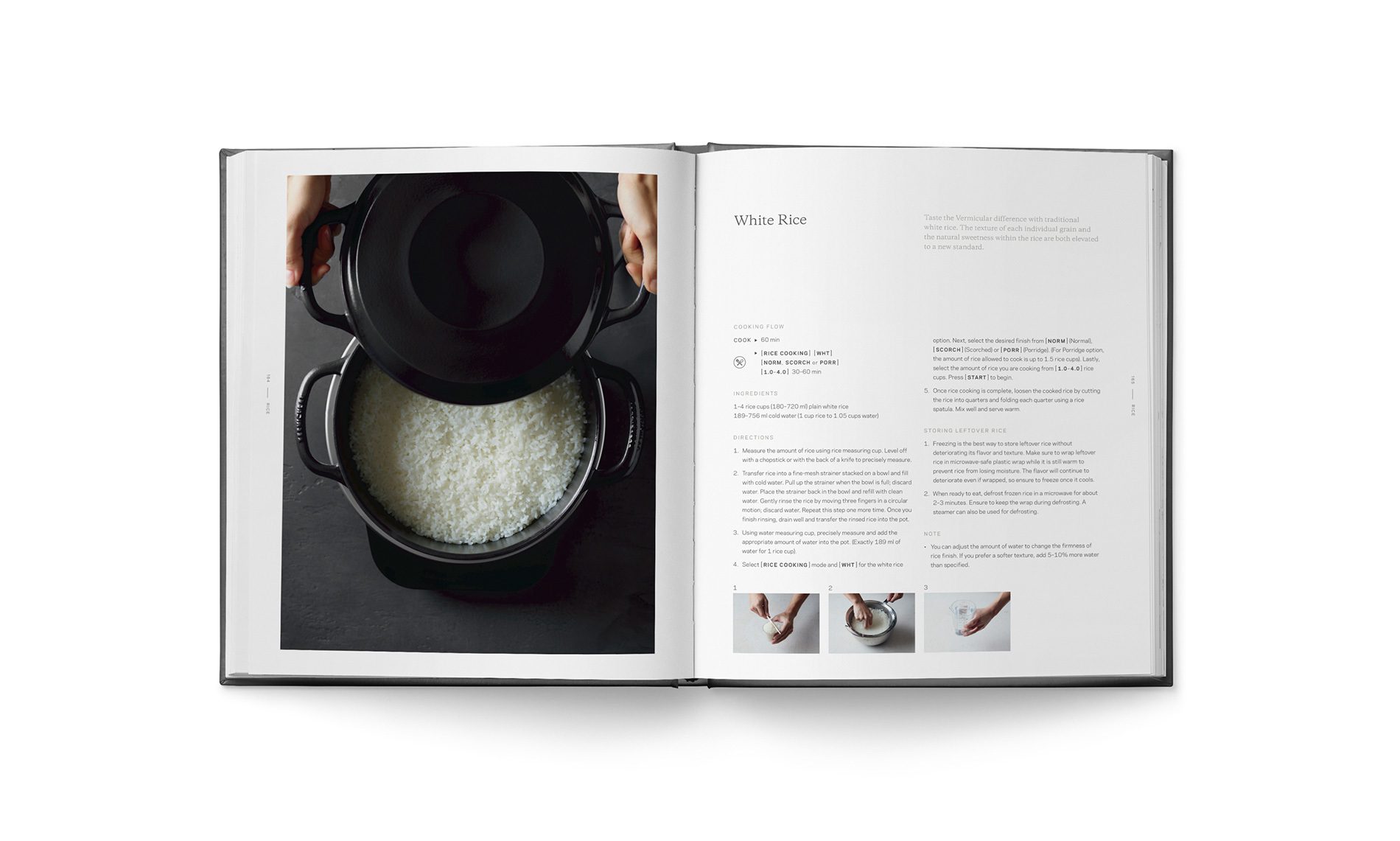Ohagi (Japanese Sweet Rice Balls)
- Cook
- 60 min
-
[MED] 6 min x 3
[LOW] 60 min + 10 min
[MED] 10 min
[RICE COOKING] [WHT]
[NORM] [2.5] 30 min
2 rice cups (300 g) glutinous rice
½ rice cup (70 g) white rice
2 cups (500 ml) water
Topping - Adzuki paste
1 ¼ cups (250 g) adzuki beans (red beans)
⅖ cups (100 ml) water
1 ⅛ cup (230 g) granulated sugar
1 pinch salt
Topping - Kinako
3 tablespoons kinako (roasted soybean flour)
1 pinch salt
1 ½ tablespoons sugar
Topping - Aonori
Aonori (green laver)
Equipment
Pestle
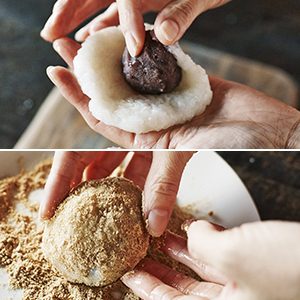
Place adzuki beans in the pot and add enough water (not included in ingredients) to cover them. Cover the pot and heat over [MED] heat for about 5 minutes. Once the water comes to a boil, boil for another minute, then drain the beans into a colander. Repeat this step two more times.
Place adzuki beans and about 1 liter of water (not included in ingredients) in the pot. Cover and simmer over [LOW] heat for 60 minutes, or until the beans are soft enough to be easily crushed with fingers. Discard the cooking liquid, then add 100 ml of water and sugar to the pot. Cover and simmer over [LOW] heat for 10 minutes. Turn off heat, transfer to a separate bowl, and allow it to cool for an hour.
Return the adzuki beans to the rinsed pot, add salt, and cook over [MED] heat for about 10 minutes or until the mixture thickens. Set aside and let it cool.
Wash and drain both the glutinous and white rice. Add them in the rinsed pot along with 500 ml of water. Cover and select [RICE COOKING] mode, [WHT], [NORM], and set the amount to [2.5] rice cups. Skip the soaking time by holding down the [V] icon, as glutinous rice absorbs water quickly and does not require pre-soaking.
Once rice is cooked, mash it with a wooden pestle or rolling pin while hot and roll into 18 equal pieces. Prepare the toppings for the ohagi. Refer to the photos to make 6 pieces each of the 3 types of ohagi.
Allowing the adzuki beans to cool before simmering in Step 5 enhances the absorption of sweetness.
Toasted sesame seeds are another popular topping option.
Master the art of your
Musui–Kamado with the Vermicular Cookbook.
A delightful, delicious guide, our cookbook empowers you to master every cooking technique with recipes that span from cherished Japanese dishes to fresh, modern favorites.
